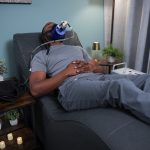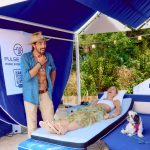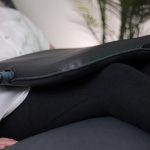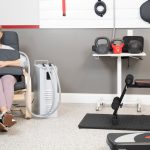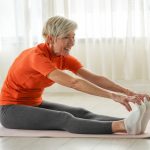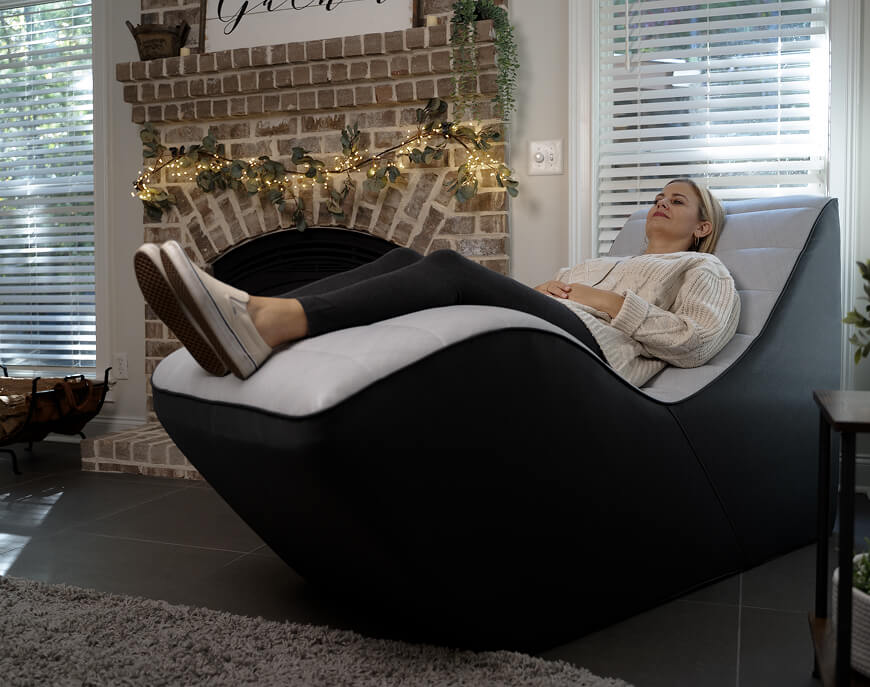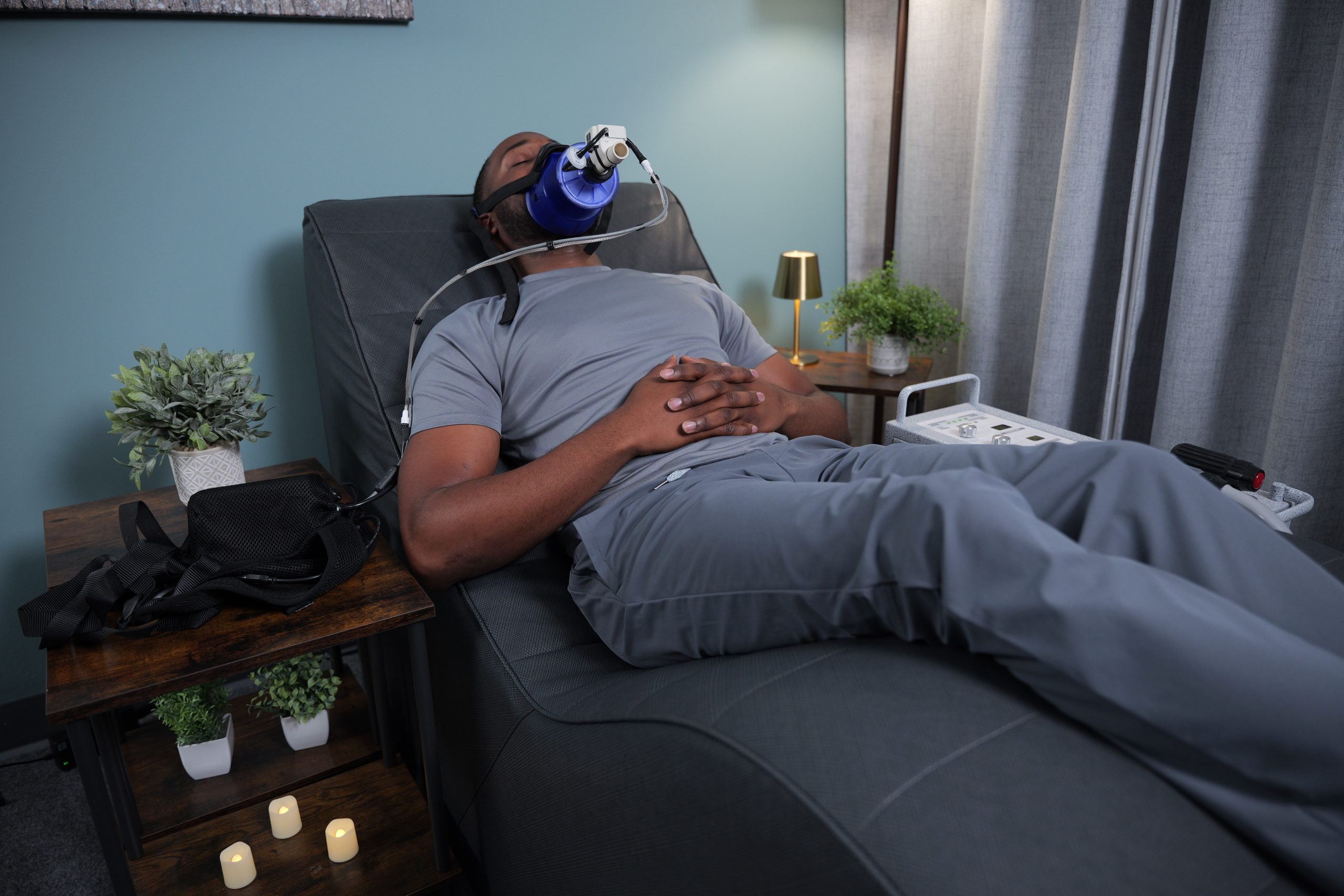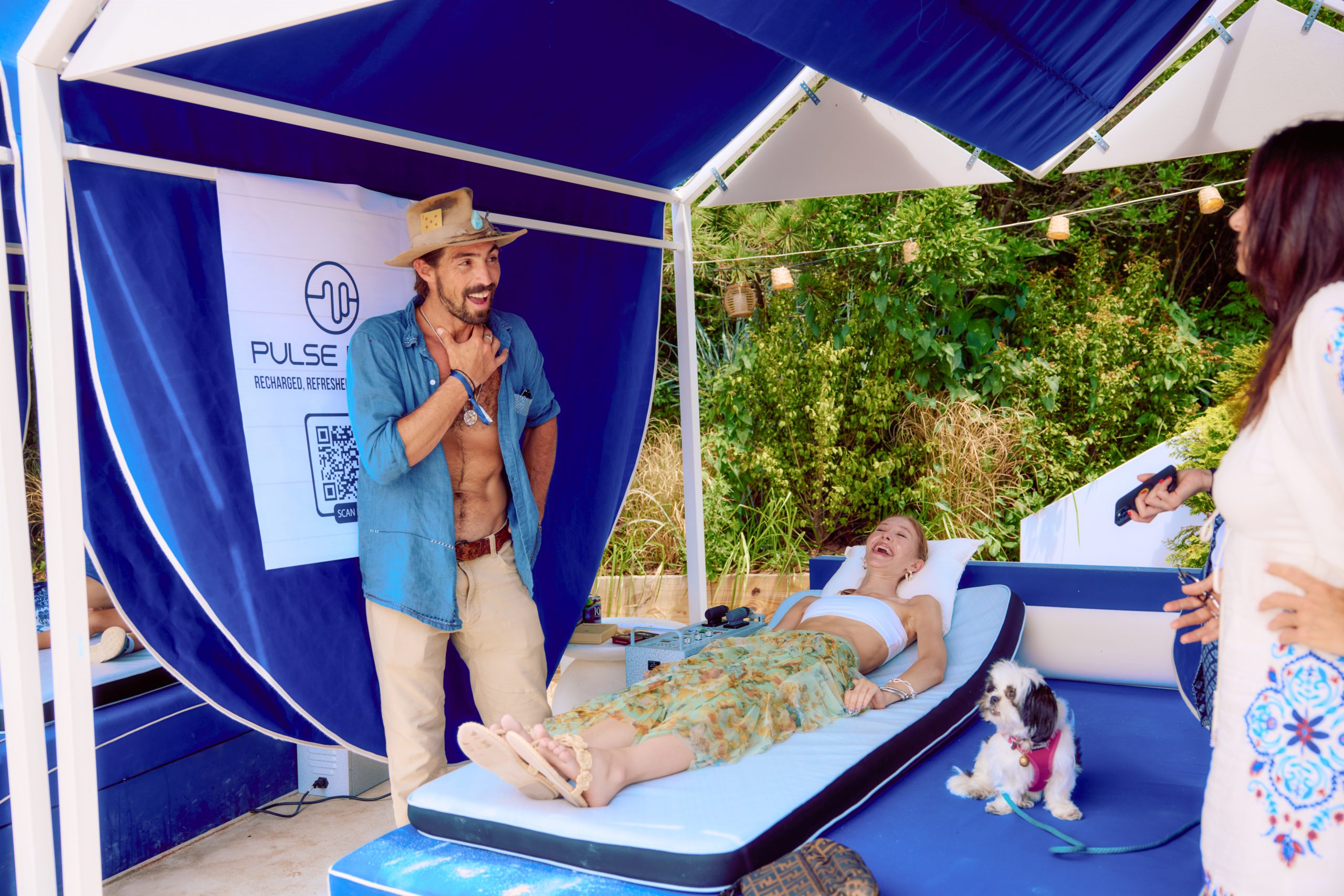Hind Leg Conformation: How it Affects Equine Performance and Informs a Pulsing Session
Hind leg conformation directly impacts how easy it is for a horse to move and perform. Understanding a horse’s conformation will inform which area of the hind end to support and focus on during a Pulse session.
Assessing Hind Leg Conformation
The horse’s hind end carries 40% of its overall body weight and is responsible for the majority of propulsion for locomotion. Hind leg conformation plays a large role in the horse’s ability to propel its body forward.
From Behind The Horse
Start by viewing the horse from behind. Imagine a line from the point of the buttock straight down through the gaskin to meet their hocks and fetlocks. Look for symmetry in the legs without them being too narrow or wide in their stance.

Horses that are cow hocked or base narrow will experience additional stress on their hocks. This makes movements like stopping, turning, and backing difficult. Bow-legged and base-wide horses usually have trouble pushing off their hind legs because of muscle weakness.
These horses’ athletic ability suffers significantly compared to those with proper hind leg conformation.
From the Side of The Horse
Next, view the horse from the side. Imagine a perpendicular straight line from the point of the buttock to the ground. That line should touch the back of the hock and the back of the fetlock.

This alignment affects the horse’s ability to carry its weight over the hind quarters and reach under itself as it moves to allow for maximum power. A sickle-hocked horse will look like it has too much bend at the hock when standing. A horse with a more open hock angle will be standing with his legs further behind him, commonly referred to as “camped out.”
Horses with extremely straight hock angles are often referred to as “post-legged.” Both put high stress on the hock joint and surrounding tendons and ligaments.
At the Hoof
In addition to the side and rear views of hind leg conformation, evaluate the pastern angle of the hoof. The pastern acts as a shock absorber when the hoof impacts the ground and affects the soundness of the leg. The pastern angle typically matches the shoulder angle and should be about 45 degrees when measured from the ground.
The pasterns should be long and sloped enough to absorb impact. Too straight and short of a pastern increases the tension placed on the rest of the leg when the horse moves. Too long or sloped pasterns increase flexion in the fetlock joint, which can increase the risk of hyperflexion and damage to the joint.
Adding Pulse
Pulse can help increase range of motion by decreasing inflammation and increasing circulation.[7,8] Although a horse’s conformation cannot be changed, knowing which muscles carry more stress can help you plan a pulsing session that supports the body proportionally. See below a few positions you can try with the Small, Medium, and Large Loops. If you own a machine with dual outlets like our Pulse EQ-X1 or Pulse EQ-XX, then you can even try two at the same time!
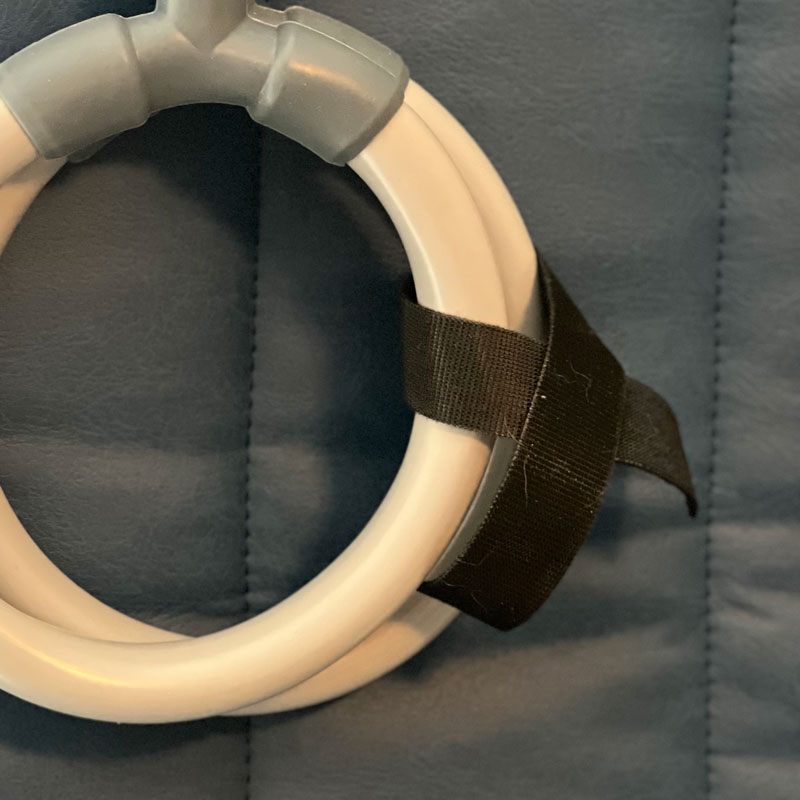
Use caution when applying the loops as these areas may be sensitive. Determine the length of time for each position by the horse’s reactions and overall conditioning, averaging three to five minutes. Also, remember that when you double stack the loops, the horse experiences more strength! Finally, when using velcro, secure it in a “support ribbon” style so that the velcro easily detaches.
Pulsing Positions for the Hind End
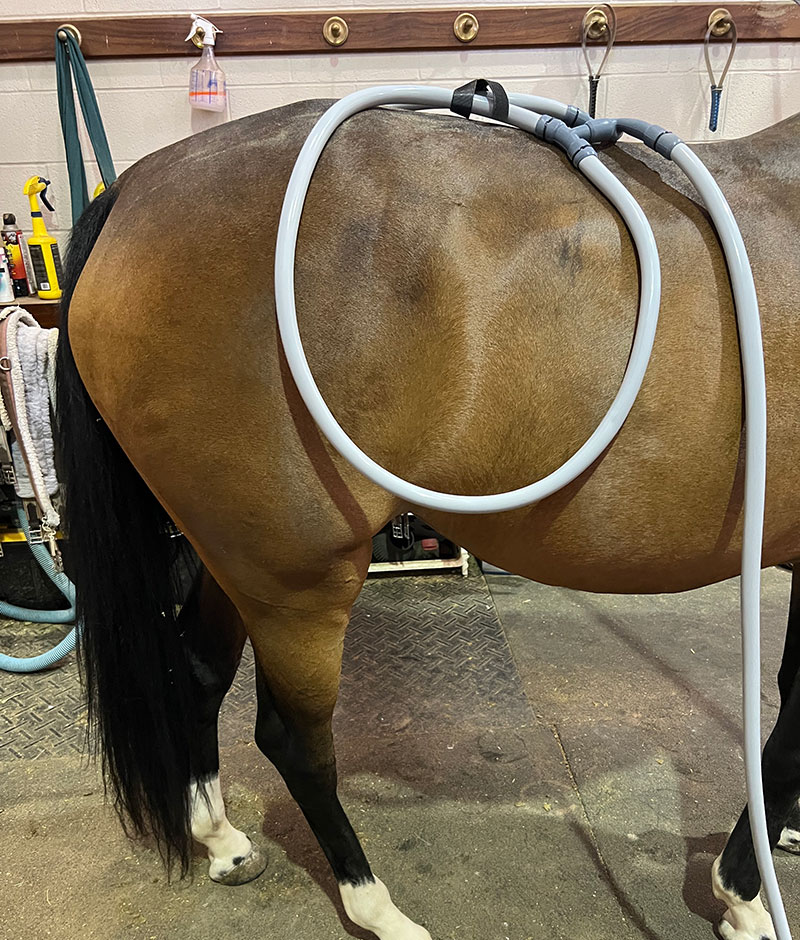
Double-stack the Large Loops over the mid back, right before gluteal muscles.
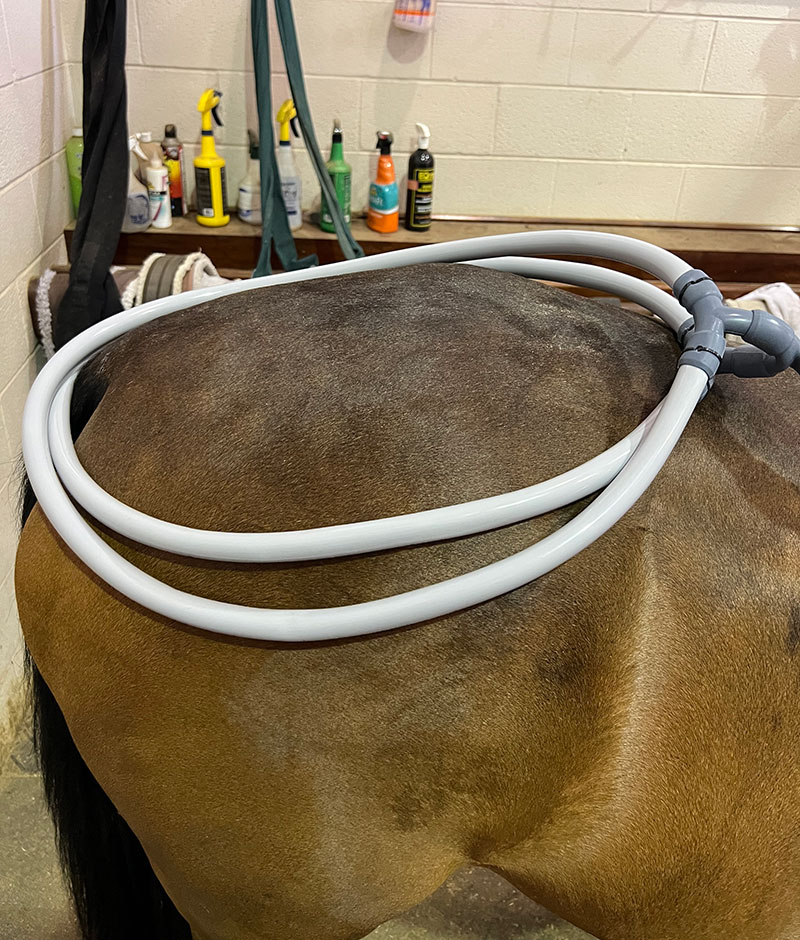
Double-stack the Large Loops over the glutes or fan them out to resemble a Venn diagram.
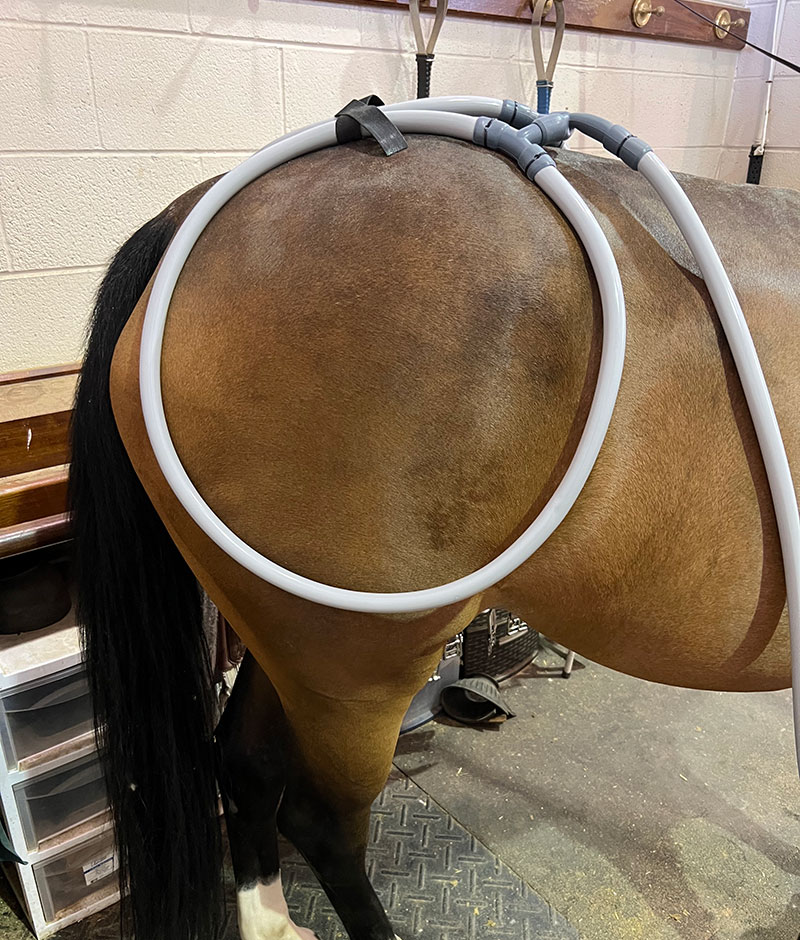
Place the Large Loops over the hindquarters and velcro them at the top, to bring them closer to the horse’s hamstrings.
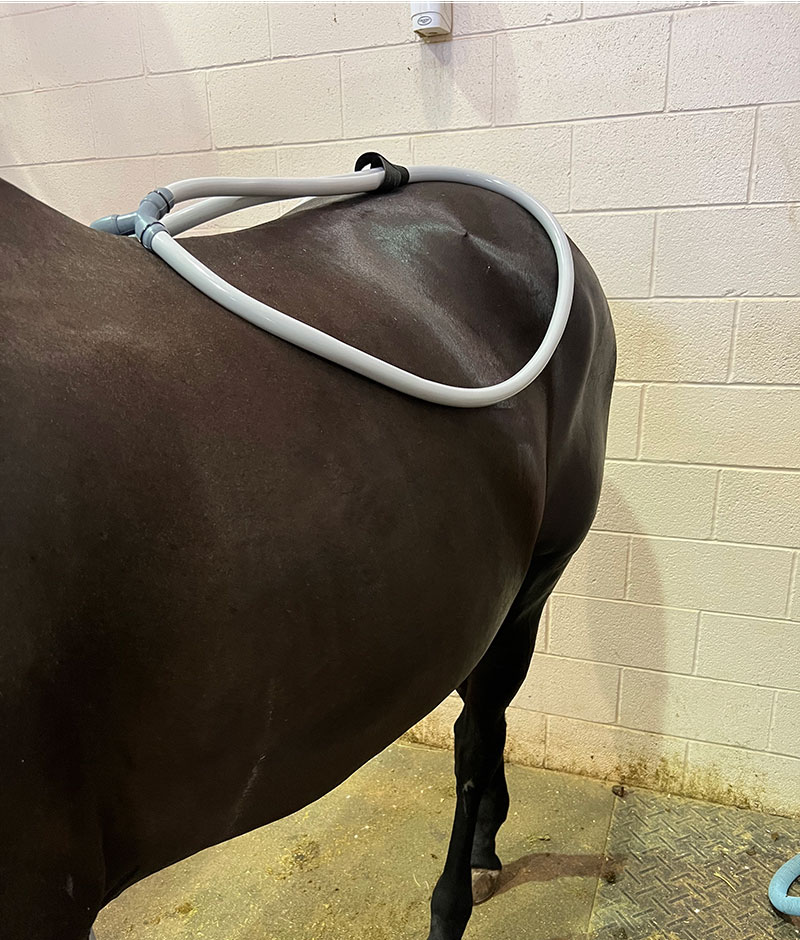
Place the Large Loops connected lengthwise with velcro over mid-back to where glutes start.
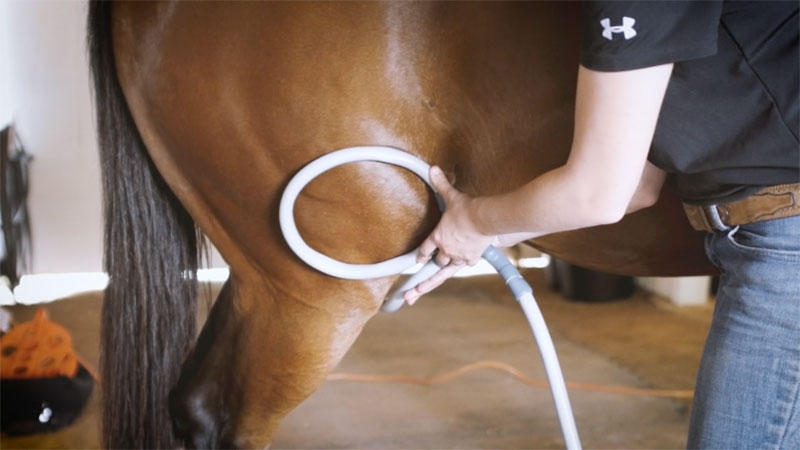
Hold the Medium Loops in a V-shape over the front of the stifle.
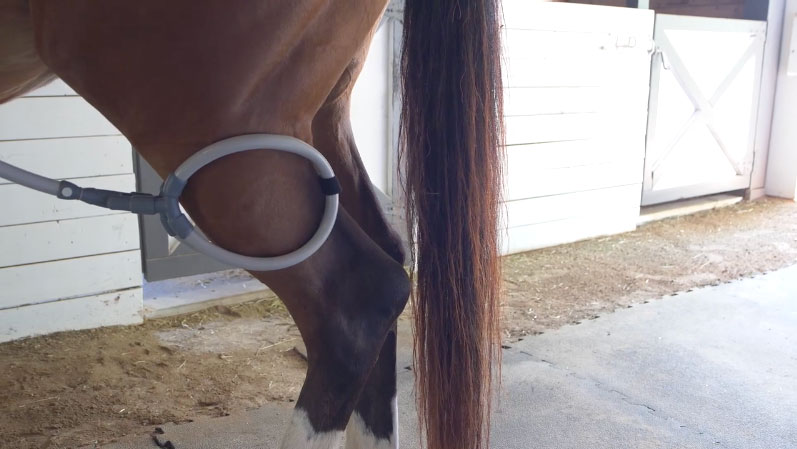
Sandwich the Medium Loops over gaskin and secure the Loops with velcro.
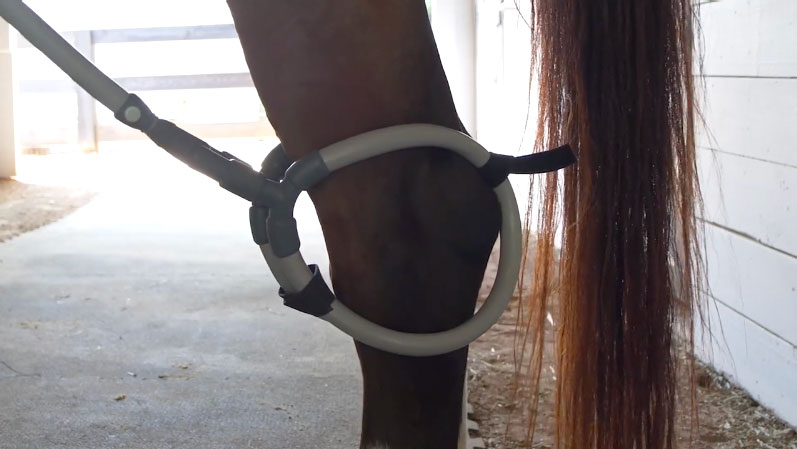
Secure the Medium Loops around the hock with velcro. For ponies or horses with smaller hocks, use the Small Loops instead.
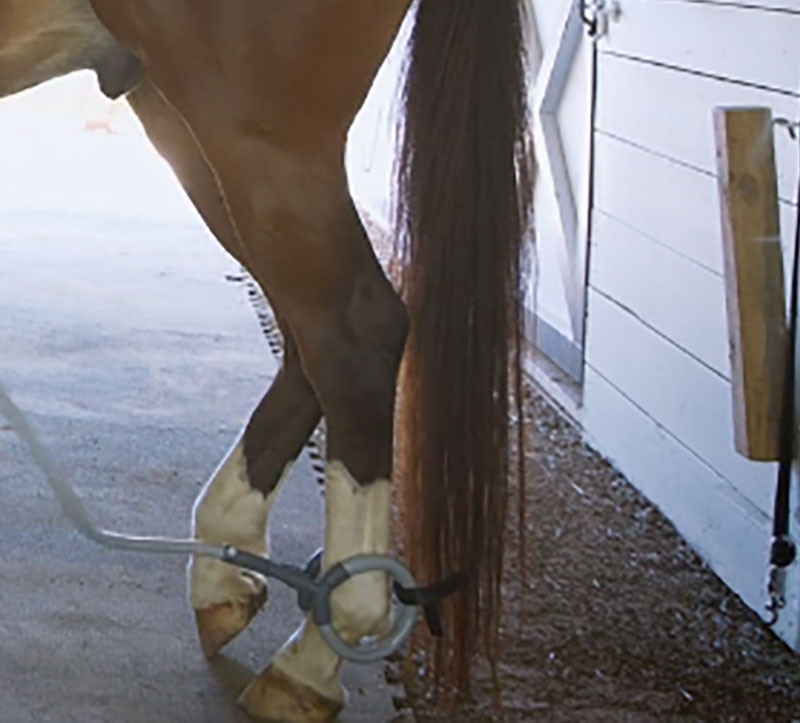
Finally, secure the Small Loops around the fetlock with velcro.
Have questions about trying these positions out for yourself? Email our Customer Success Team at support@pulsepemf.com, available Monday through Friday from 8 am to 5 pm, ET.


